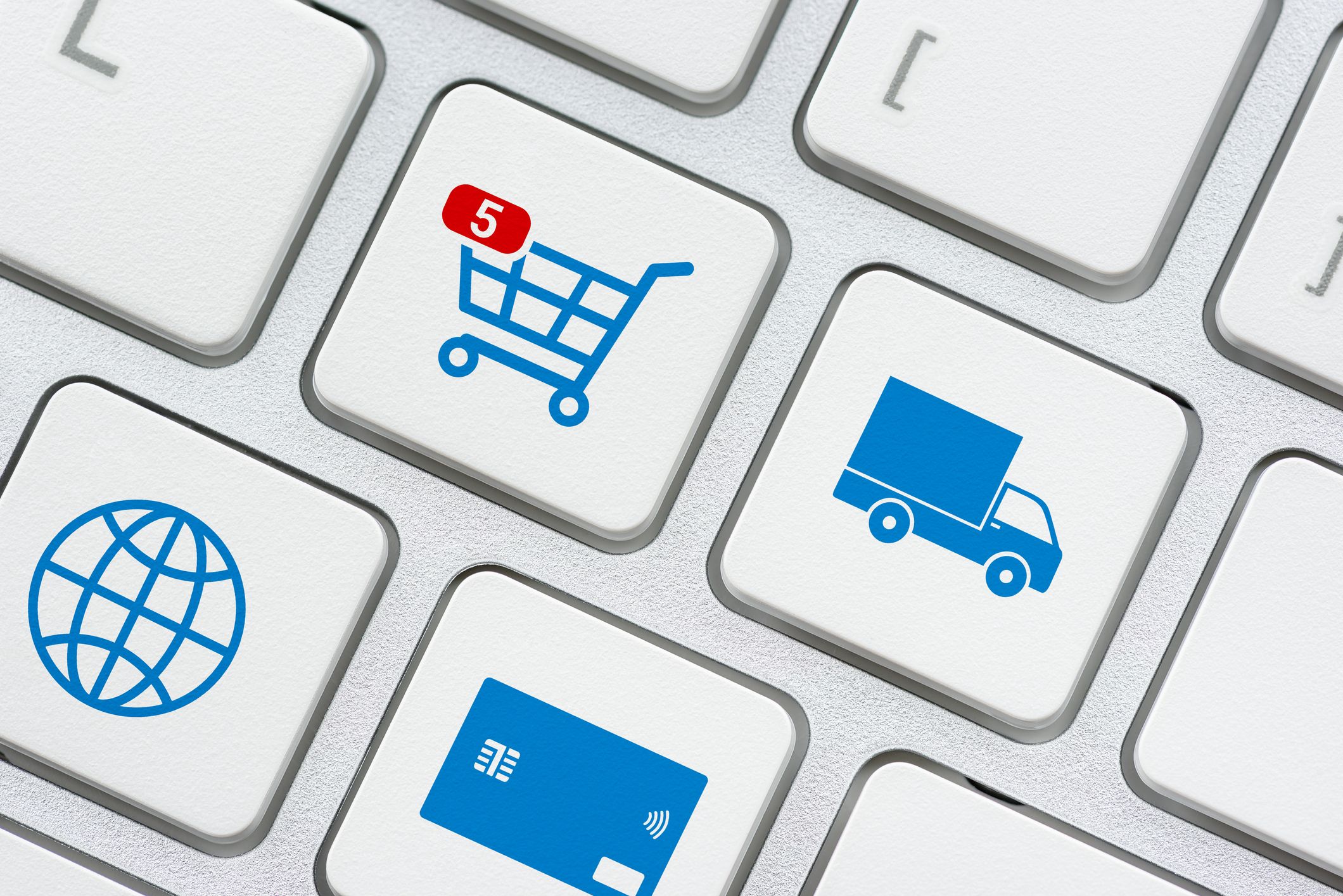
NEWS / DATA MARKETING
28 April 2020
In the post-corona world, refining your pricing strategies will be just as important as developing your data-driven marketing, says Fabien Cros, Consulting Director at AI and data-driven consulting firm Artefact.
In today’s marketing world, personalisation is key — all brands are obsessed with pushing the right messages to the right people at the right times. But beyond tailored messages, there’s one thing many brands forget to consider — personalised or behavioural pricing strategies. In short, offering different prices or offers to people, based on their needs at that time.
The market has been talking about behavioural pricing for nearly a decade, but to date, few brands have got it right, mainly due to lack of relevant data and clumsy implementation. However, the time is finally right for more brands to embrace behavioural pricing for three reasons.
First, customers are now conditioned to seeing price variations when they shop, especially in digital ecosystems, where ride-sharing apps or travel websites change prices constantly.
Second, sophisticated data and digital tracking capabilities mean brands can create more precise customer clusters and targeted offers than ever before.
And, third, at a time when coronavirus lockdowns are forcing people to self-isolate, web traffic has increased by up to 90% in some markets — meaning more people are ready for brands to reach them at home with tempting offers.
So, how can brands get their strategies right?
Understanding consumer psychology
Understanding context is key; customers will pay a price that “makes sense” for them based on their needs at a specific time. Some will always want the lowest prices, but others will happily pay more for the same — or additional — products if you add contextual value, such as super-fast shipping, or gift packaging when searching for last-minute gifts.
Uber or Lyft, for example, know that passengers are willing to pay variable amounts during high demand periods, while some food delivery apps, like Seamless or Doordash in the US, charge a premium for late/night takeaway food deliveries.
This is the crux of behavioural pricing. Beyond ‘just’ convincing consumers to buy, brands must learn what they are willing to pay in certain situations. That can vary, so brands must ‘cluster’ their customers into groups based on various psychological, emotional, and behavioural factors, as well as their previous willingness to buy low or high price products and services.
These clusters are similar to those used in personalised and data-driven marketing (DDM), which are based on first and third-party data (like hobbies and past purchases), but use data from a more varied set of sources — including browsing histories, demographic records, loyalty programmes, and, increasingly, social media — to create more developed consumer profiles.
Analysing this data is a complex process, but it is worthwhile. Understanding the entire sales funnel, especially the last seconds, can offer a 10 to 15 per cent net margin increase (dependent on sector).
Don’t discriminate
Importantly, behavioural pricing absolutely does not mean ‘discriminating’ or ‘fixing’ prices for certain people. That’s a misconception, and where many brands go wrong. Amazon, for instance, has previously faced criticism for inflating prices for people in more affluent ZIP codes. Travel website Orbitz has also made a similar mistake with Apple users. Avoiding such tactics is particularly important during times of crisis.
Instead, the best behavioural pricing strategies adjust offers based on what consumers are interested in — upselling opportunities or services that complement what users are already looking for — offering higher prices only when demand exceeds supply.
To understand the difference between the two, consider the example of a movie theatre in the US. In 2015, the theatre tried to charge Mac users more than PC users for their tickets. Macs are expensive, so these people must surely have more disposable income, right? This was obvious price discrimination and triggered a significant public backlash.
Instead, what the theatre should’ve done was segment its audience into clusters, based on past purchases and loyalty. It could’ve then served offers for more expensive, premium seats to real cinephiles, pre-sale tickets to consumers who enjoy sell-out blockbusters, and ticket bundles for deal hunters and occasional cinemagoers.
Similar strategies could be applied to other sectors, too. Grocery stores, for example, might offer super fast delivery to frequent shoppers, or exclusive offers on limited-stock products. DIY stores, on the other hand, might offer bolt-on digital training courses related to what a customer is buying (e.g. hanging tips for people who buy wallpaper).
Ultimately, behavioural pricing isn’t a vehicle for selling at a higher price, per se, but more about selling smarter, by understanding the needs of the customer better — and that’s something all brands need to start thinking about.
5 ways to get started with behavioural pricing
Getting behavioural pricing right is not easy, but the right tactics can enhance personalised experiences and drive loyalty. To get it right, you need to:
- Get your first-party data in order. Ensure you understand what will make your customers potentially spend more or less money with your company. If you don’t know the what — and why — you must focus on improving your data collection and data maturity.
- Start by flexing prices online — you have a better way of tracking results, running A/B tests and mitigating risks.
- Target less price-sensitive customers first. It’s easier to test the behavioural pricing concept on a cluster who values quality and service more than price.
- Build a targeting roadmap. As soon as you start having success with online behavioural pricing for your top tier clusters, pivot to optimising other customer journeys. Slowly train your teams to focus on optimising sales (i.e. better selling) versus just selling more.
- Never stop refining. A pricing driven-customer journey is never “done”. There are always ways to make your targeting methods better. Use “continual improvement” methodologies to perfect your behaviour pricing approach.

Interested in Data Consulting | Data & Digital Marketing | Digital Commerce ?
Read our monthly newsletter to get actionable advice, insights, business cases, from all our data experts around the world!
 BLOG
BLOG

